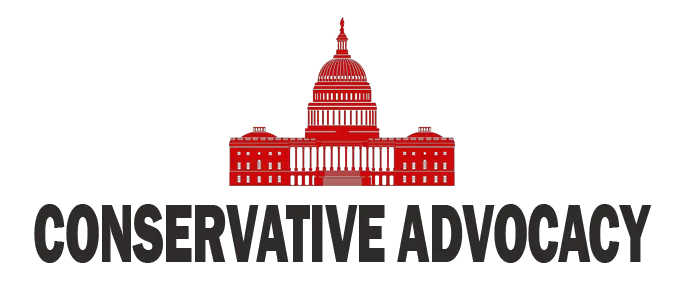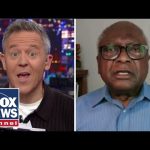Ahead of the exciting spectacle of WrestleMania that dazzled fans this past weekend, a thought-provoking article emerged, drawing correlations between the flamboyant world of professional wrestling and the unpredictable political arena, especially focusing on the former president, Donald Trump. The key term in this discourse was “kayfabe,” a wrestling concept that captures the essence of blending reality with theatrics. In this world, friends and foes alike are often left scratching their heads, unable to decipher what’s genuine and what’s just for show.
Kayfabe, in wrestling, refers to the unwritten code where participants maintain the illusion of their storylines as real. It’s a curious blend of sport and storytelling. In this arena, wrestlers are not just elite athletes; they are trained performers, learning to execute moves with precision while spinning narratives that keep fans engaged. The comparison made between Trump and kayfabe suggests that he is an expert at maneuvering through the political landscape with the same finesse that wrestlers show in the ring. He entertains and engages the crowd, understanding how to play to his audience, using trash talk and spectacle to his advantage, all while maintaining a strong grasp on the underlying issues at play.
However, the article also cast a critical eye on the mainstream media, suggesting they are akin to kayfabe junkies who thrive on outrage rather than truth. This view posits that the media often fabricates controversies, creating tensions instead of informing the public. This dramatic flair, reminiscent of wrestling story arcs, has led to some instances where the narrative becomes blurred. In a world where comments lead to dramatic headlines, one can easily lose sight of the facts among the spectacle.
Crossing the line between entertainment and reality has its pitfalls, as highlighted by an alarming incident in Minnesota, where a state employee was arrested for vandalizing a Tesla. This action raised eyebrows, leading many to wonder if the intensity of political discourse might be leading people into dangerous territory, almost like an overenthusiastic wrestling fan who takes the drama too far. The author argued that the fervor of the media and their reactions to Trump’s actions, often exaggerated, reflect a misalignment of priorities. It becomes a performance itself, where they play the role of outraged citizens while overlooking the truths of the tumultuous political landscape.
As the discussion unfolded, commentators dissected how Trump’s mastery of kayfabe allows him to expose the motivations of his political opponents. Some suggest that, like a seasoned wrestler who knows how to draw the crowd’s reaction, Trump adeptly navigates the stage, revealing the theatrics of his detractors. Whether it’s sparring with rivals or provoking the press, his approach seems to mirror the role of the “bad guy” in wrestling: the one who draws heat but knows how to work the crowd effectively.
Ultimately, these comparisons serve a dual purpose. They illuminate Trump’s political theatrics while also critiquing the media’s sensationalist tendencies. Just like in wrestling, where the lines between reality and performance blur, politics today reflects a similar spectacle — where both sides engage in a dramatically charged narrative that keeps audiences hooked. In this ongoing performance art of governance and critique, the audience, whether they are fans of wrestling or followers of politics, must discern the difference between the drama and reality, especially when everything appears to be part of the show.




